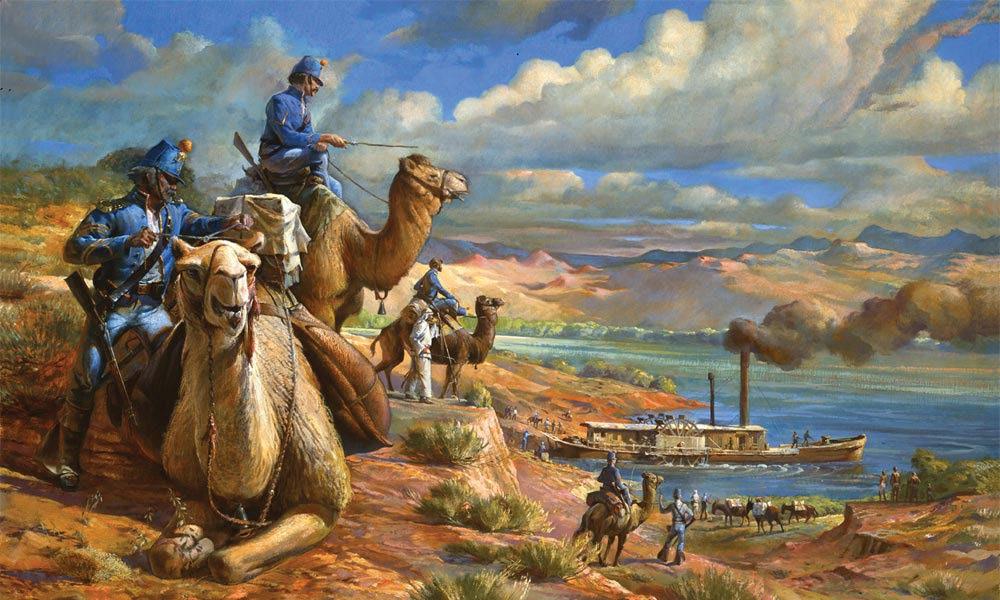51 Years And Still Going Strong!
Volume 51, Number 9 / September 2020
www.IndianTraderNews.com
2
$ 50 PER COPY
Post Office Box 518 / Cottonwood, AZ 86326
Sand Creek
Battle or Massacre? See Page 8
Legendary Journey of James “Little Bear” Gordon See Page 6
History of the Swastika Symbol See Page 5
Indian Trader News
Plains Indian studying a Hopi Kachina. By E. I. Couse, from the Santa Fe Railway collection of paintings.


